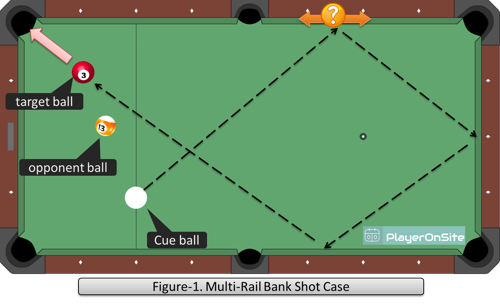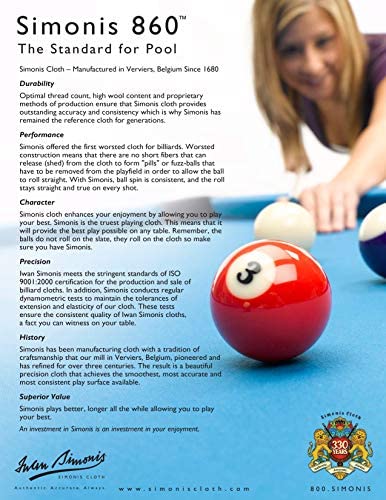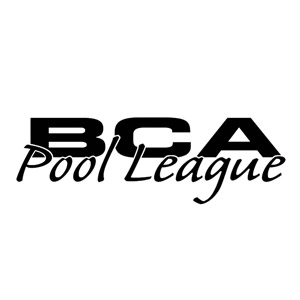
Three cushion billiards can be described as a game of billiards played on a table measuring five by ten feet. The object of the game is to make the cue ball contact three rails before contacting the second object ball. Each successful carom awards one point. The shooter can pocket any of the objects balls. However, an opponent cannot receive a points. The player who pockets the most objects wins the frame.
The table is bigger than the standard pool table to allow three players to play cushion billiards. The cue ball and the red ball are placed at one end of each table. To line up a shot, players use the silver dots found on the table. This requires accurate calculation of angles and distances. Once the shot is completed, the object ball is pocketed.
Three cushion billiards are an evolved version of straight-rail billiards. Its origin is traced back to the 1870s, but it was popularized by Wayman Crow McCreery. McCreery worked as an Internal Revenue Collector in Port Saint Louis. He played the game for his own enjoyment and then eventually patented the concept. In the 1950s, three cushion billiards became a favorite of many players.

When a shot is made in three cushion billiards, the object of the player is to make the object ball contact three rails before contacting the cue ball. You can do this in any order but the goal is to hit both cushions.
The bank shot must be called before the shooter can hit the object ball. There are a variety of systems that can be used for this shot. However, the most common bank shot is the single rail shot.
A 3-rail shot refers to another type or bank shot. There are many ways to use the Magic Spot. This is where the ball hits both the rail and cushion in one corner of a table. There are also options for distant points or multi-rail bank shots.
The rule of thumb for bank shots is that the object ball should hit the cushion first. However, there are exceptions to the rule. The object ball can be hit before it bounces on a rail, or after it has been cushioned. Using a single rail bank shot as an example, the object ball would bounce off the rail before going into the pocket.

This game is based on the Standard World Rules. However, the player may use the bank shot to pocket any object ball. The shooter may continue to the next inning after the object ball has been taken.
The inning ends when the object ball gets pocketed outside of the shooter’s called shot. All fouls and illegal breaks are also highlighted in italics. In the same way, opponents can take their turn.
The primary way to pocket objects in pool is by using bank shot. Unlike in nine-ball or eight-ball, the object of Bank Pool is to outscore the opponent(s) in pocketing the balls by using bank shots.